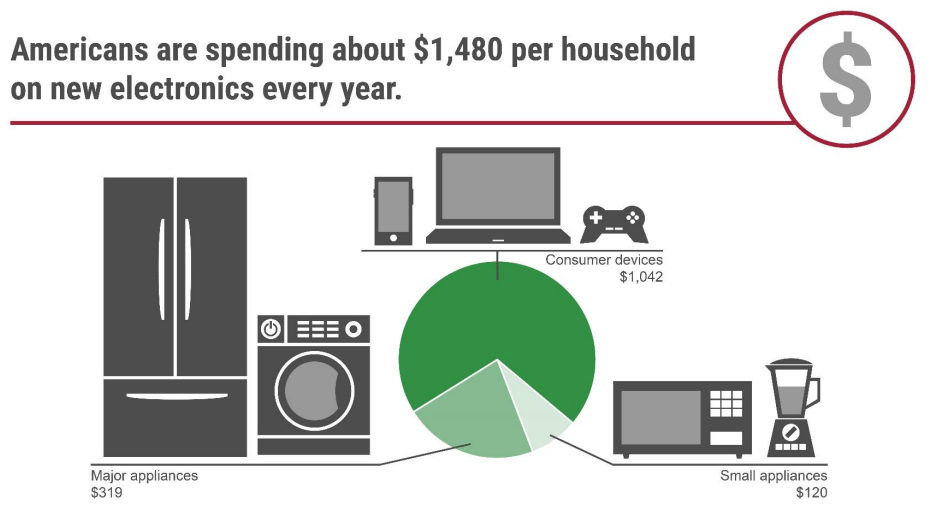Remember when companies used to boast about the longevity of their products? It seems like the longer they lasted and easier they were to repair, the more desirable they were. Now it’s nearly impossible to find products that last and are easily fixable, and although this may not seem particularly notable, we are beginning to see this shift our buying habits surrounding electronics and machinery. Over the years technology companies have been pushing us more and more into buying their newest or best product, and as we resist, they look towards more innovative ways to make us pay up. A great example of where we are seeing this is in the newest phones that Apple is releasing. If you look to either side of the charging port on your phone you should be able to see two small star shaped screws, the shape makes it nearly impossible to remove them, essentially locking us out of our own phones. Emerging as a result of this issue is a movement called the Right to Repair, as well as a question of whether or not our economy is now reliant on this continuous spending from consumers in order to keep growing.
The goal of this Right to Repair movement, as described by the New York Times, is to “require companies to make their parts, tools, and information available to consumers and repair shops in order to keep devices from ending up in the scrap heap.” This month, New York became the first state to pass this Right to Repair bill, with the intention of slowing the rate of impact that manufacturing new devices and appliances has on the environment. With one state implementing this bill, it will be interesting to see if others will follow suit.

One additional factor that plays a part in motivating companies to continue creating disposable products is the amount that America relies on consumer spending, with it consisting for nearly 70% of our GDP. With the average American spending $1200 - $1500 on new appliances and devices every year, some fear that the economy will take a hit if we begin to repair everything that breaks instead of simply buying new products, but this is likely not the case. If we begin to direct our cash to those that are able to repair our products directly, not only will we be saving an average of 22% of what we spend on new appliances every year, but we will be strengthening our local economy in the process.
By: Maya Vierra, student intern, and sophomore at New York University
Jack Schniepp is a CERTIFIED FINANCIAL PLANNER™ (CFP®, ChFC®) and the owner of Cascade Financial Strategies. CFS is a registered investment advisor located in Bend, Oregon and licensed in Oregon, California, Washington, Arizona and Idaho. They specialize in socially responsible investing which integrates environmental, social, and corporate governance (ESG) criteria into portfolio construction.



